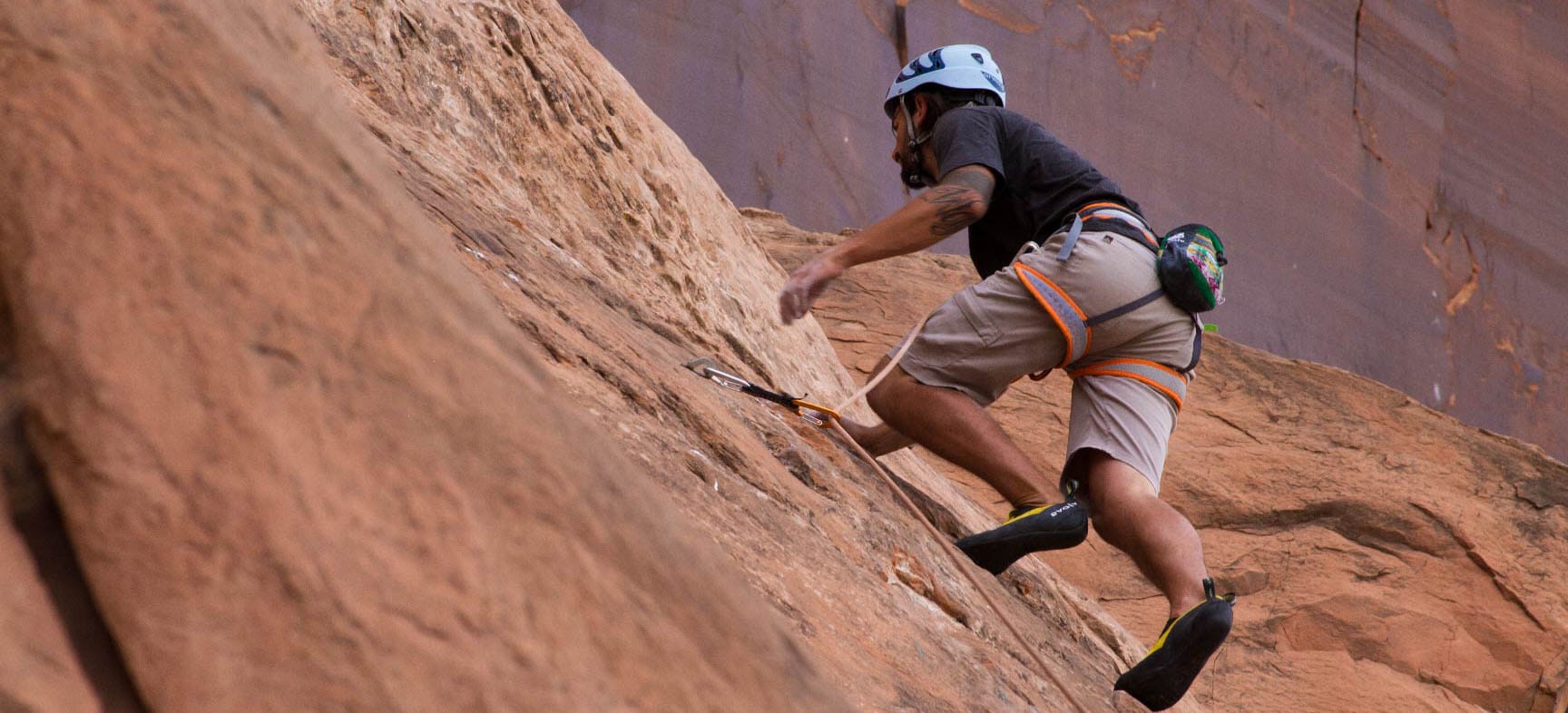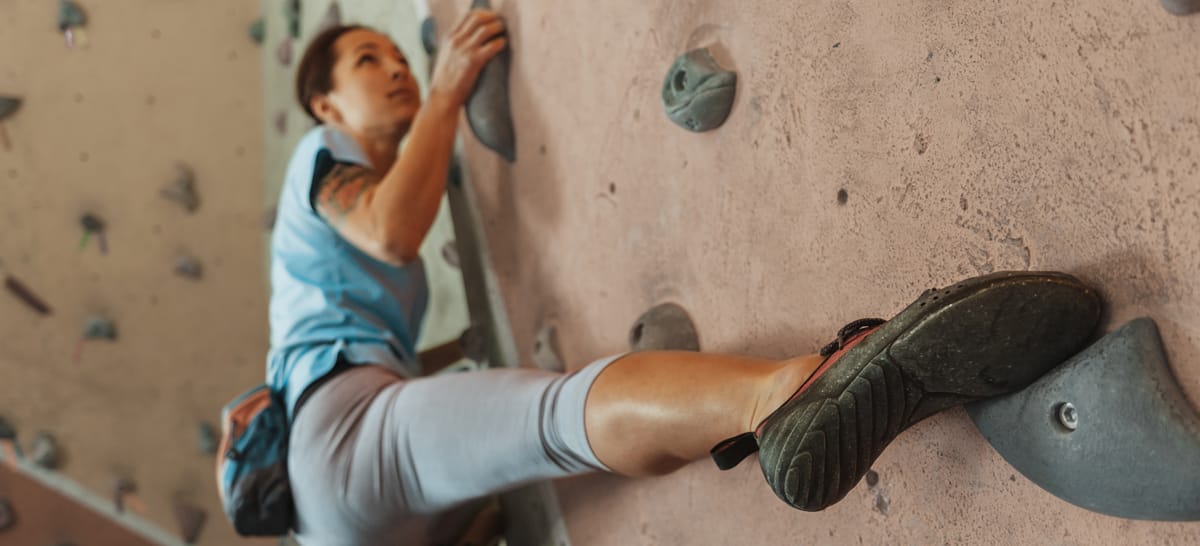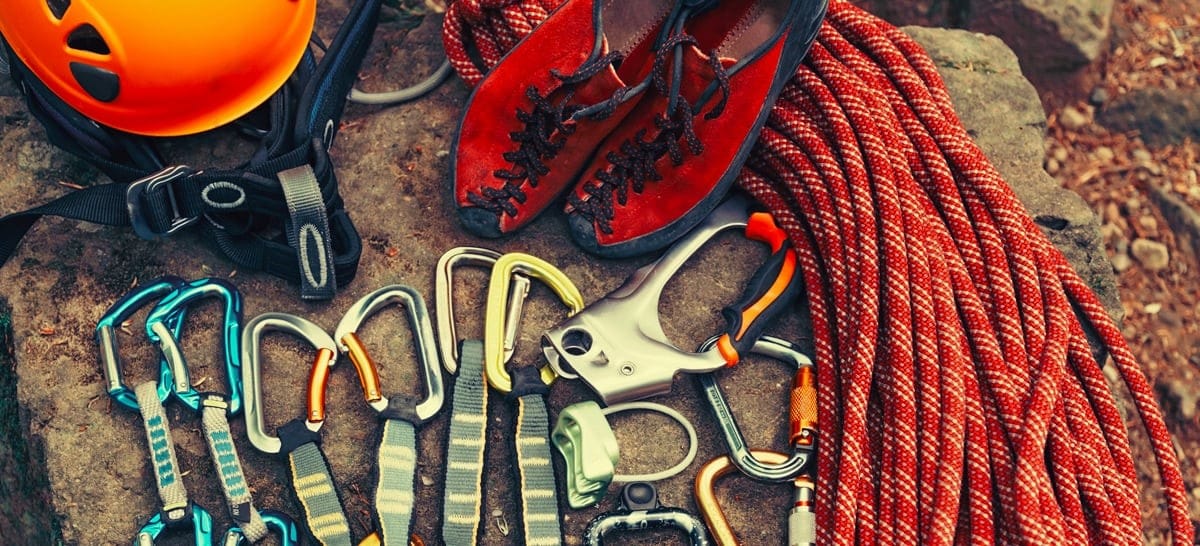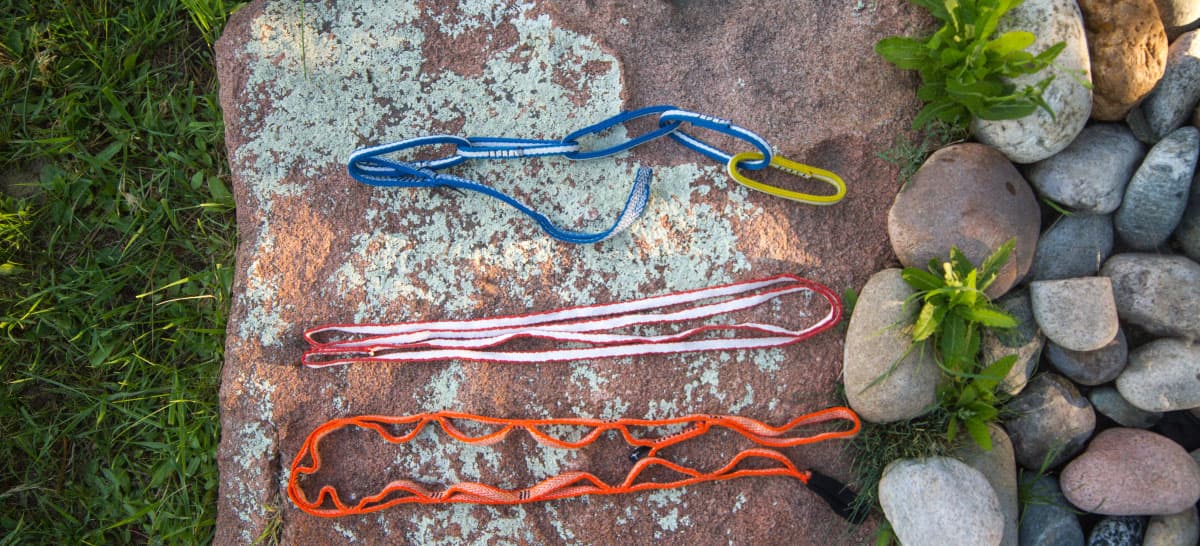Vantage
About two and a half hours east of Seattle and through Snoqualmie Pass, the mountains give way to rolling hills, farmlands and soaring windmills. As the peaks clear away, the landscape changes dramatically as the Columbia River Valley becomes a series of basalt mesas, the setting for one of Washington's most beloved climbing centers: Vantage.
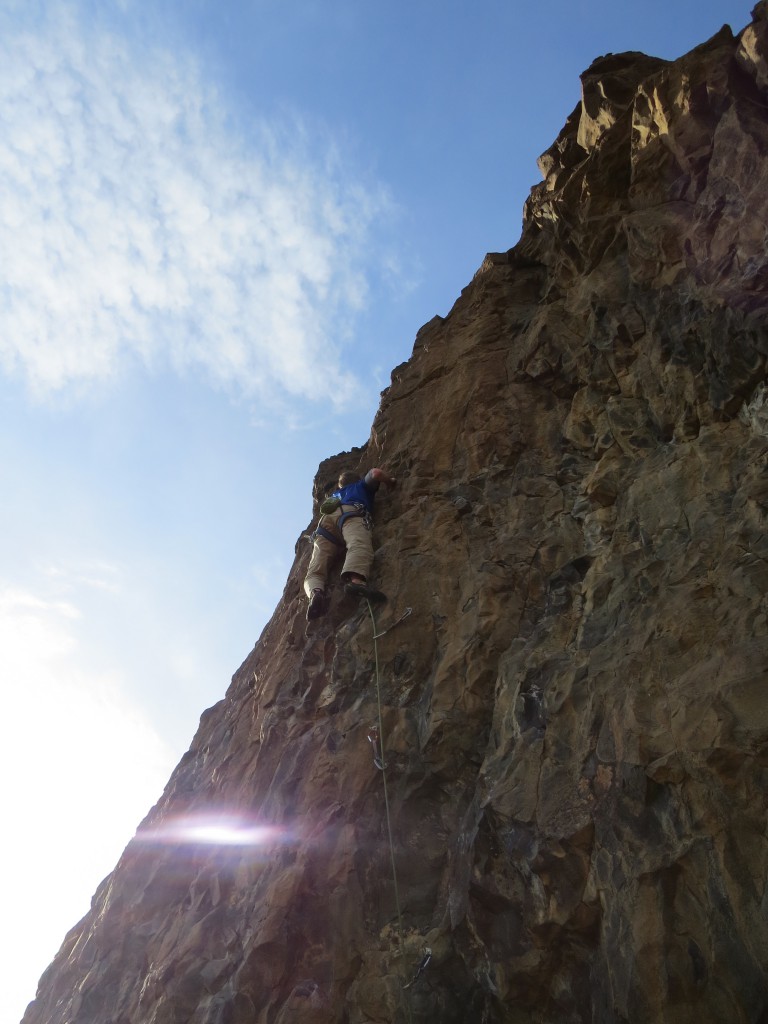
Drive into the Frenchman Coulee campground, set in a basin between the cliffs and enjoy the luxury of pitching camp just mere feet from the routes. Since nearly all the walls are facing the sun, Vantage is a popular winter crag, typically dry when there are downpours in Seattle. The basalt columns aren't the best quality of rock in the state, but the varied styles: from hand-cracks to chimneys and 100+ foot face climbs, ranging from 5.5 to 5.12a, is unmatched.
Start the morning clipping draws in the Feathers, a series of small columns right in front of the campground, then in the afternoon, head to the aptly named Sunshine Wall and take on such classics as Ride em' Cowboy (5.9) a fun and cruisey tower with some interesting variations. After a long day, head back to the tents and light a campfire while watching a spectacular desert sunset over the gorge.
Tieton
Set at the foot of the Southern Cascades, the Tieton River and its walls are the remnants of the ancient, extinct Goat Rocks volcano. The routes across the drainage aren't of particular difficulty, maxing out mostly at 5.11 with a few interspersed 12s for variety. However, those who like balanced slab-type ascents and run-out bolts will revel in a fascinating single and multi-pitch area.
While some of the routes are exposed to an arid environment, many of the over 400 routes that line the Tieton River are set in wooded forests, making Tieton one of the prime summer climbing areas. The areas are nicely divided into trad and sport sections.
Walls such as The Royal Columns feature moderate cracks with interesting and varied footwork, while other walls such as The Cave, feature short, pumpy, exposed sport climbing across a variety of terrain including dihedrals and aretes.
The ancient lava flows create walls of sharp, crimpy edges, interspersed with blank walls with slab-like movement. When the climbing day comes to an end, retreat back into the woods to camp out against the ponderosa and pine forests.
Leavenworth
Tucked on Icicle Creek, behind this fabricated Bavarian-like tourist town, are some of the best and most grueling boulders in the state. While Leavenworth shines in its sport and trad routes, the world-class boulder problems puts this little hamlet in Central Washington on the climbing world's map.
With problems ranging from V1 to V12+ and new burly test-pieces being established almost constantly, Leavenworth is a laboratory of sun facing crimps, sit starts, and highballs, which will have fingers screaming with delight.
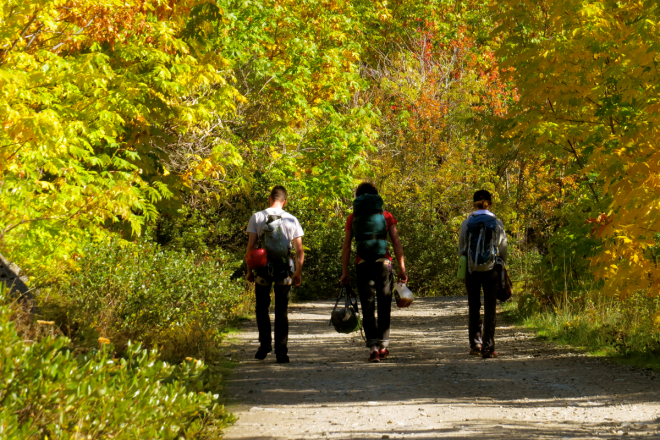
After taking on Icicle Creek, head over to Tumwater Canyon to take on such multi-pitch classics as Sabre (5.5) and Jello Tower (5.10d) established by climbing legends such as Fred Beckey and Pete Schoening. The climbing and camping are within walking distance of town, featuring beer halls, classic Bavarian bratwurst makers, and the charm of a small European mountain village in the heart of the Northwest. In winter, come not only for the lit up holiday displays, but for a pick of some of Washington's best ice climbing.
Exit 32 / 38
These two climbing areas, just under an hour outside of downtown Seattle, feature muscular, overhanging sport routes that run the gamut from 5.6 (a grade not to be taken lightly here) all the way to 5.14.
At Exit 32, hike up through the lush woodland of Little Si to the massive overhanging World Wall I, which because of its scale and angle, tends to remain dry even in the rain. The climbing here is gymnastic and aesthetically beautiful. Expect lots of sequencing from move to move, and memorizing specific movements between meandering lines of side-pulls, crimps and laybacks, with few rest spots on the tougher grades.
At Exit 38, set in a Valley just under the I-70 Corridor, there are a number of bolted routes, which while not at the difficulty of Exit 32, offer steep and prolonged physical climbing. What really makes Exit 38 unique, however, is its bevy of dry-tooling walls, which is the perfect practice area for mixed rock and ice climbing.
Index
No guide to Washington's famed crags is complete without Index. Set in the Skykomish Valley, the Town Walls, with its smooth, solid granite, these are some of the best trad routes in the state, with single and multi-pitch options that allow for aid climbing, wild exposure, exciting ascents, and spectacular scenery.
The routes here are particularly hard but rewarding. Those who are placing gear for the first time would be better set heading to Leavenworth and then 'graduating' to Index. The walls face South and the temperatures here are moderate, if not a little wetter than most of the state, but it's popular for mid-day summer climbs and remains temperate throughout the early winter. Camping is within walking distance of the walls and the tiny town of Index offers a number of amenities from a town store to bars and restaurants.

